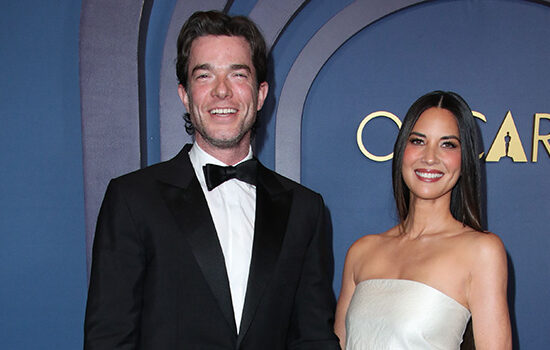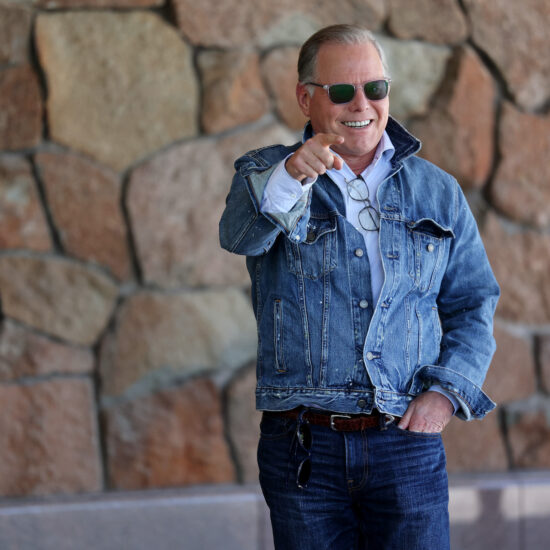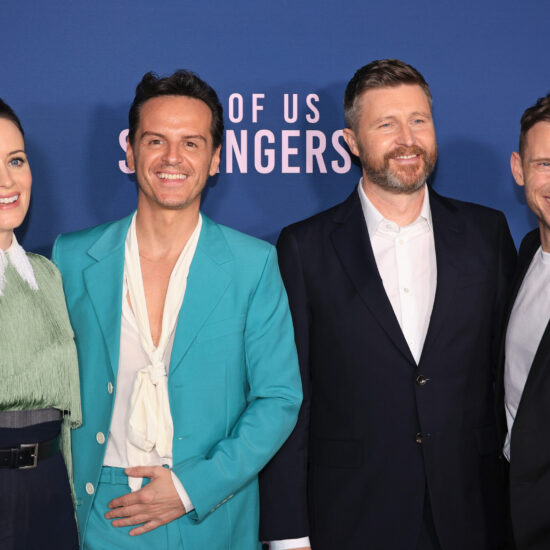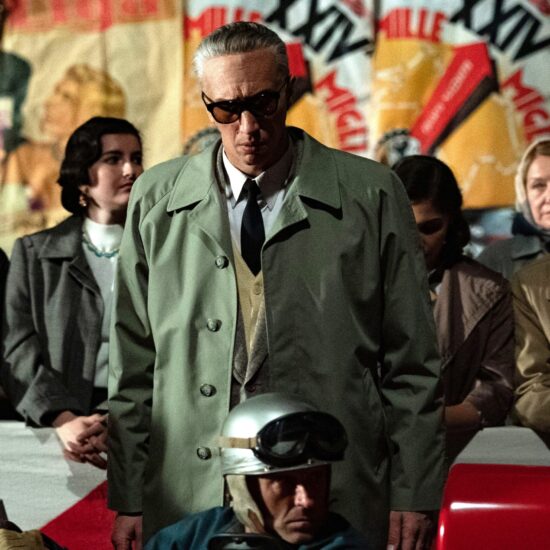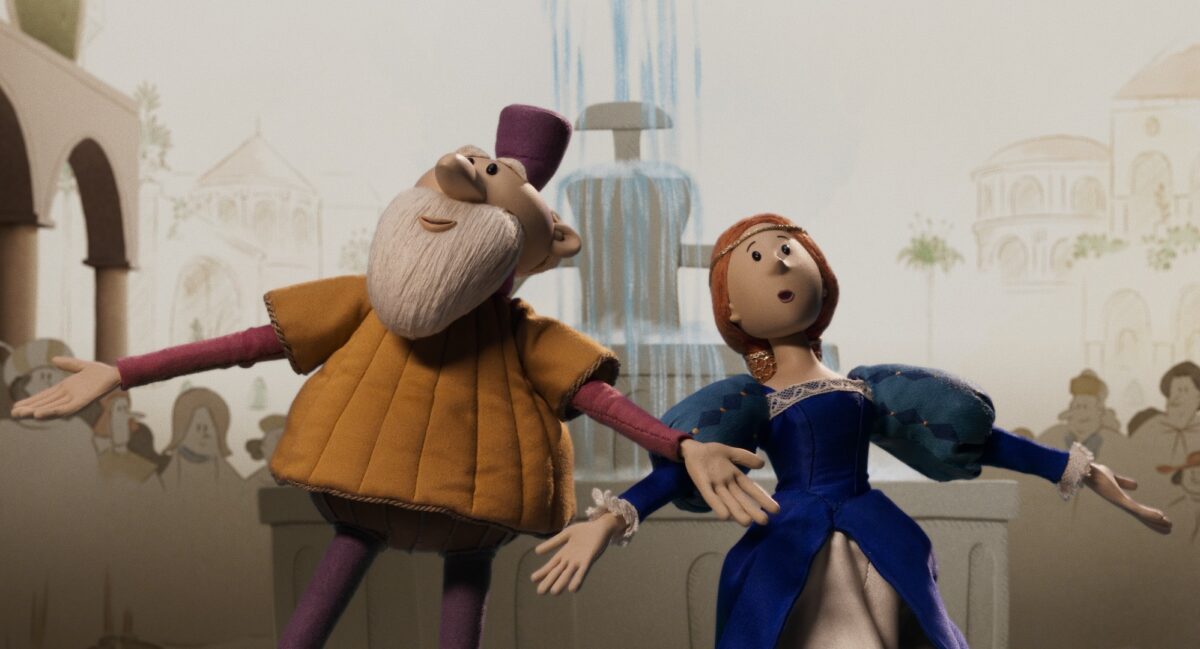
With “The Inventor,” Jim Capobianco (the Oscar-nominated screenwriter of “Ratatouille“) has managed to direct a family-friendly animated musical (in both stop-motion and 2D) about Leonardo da Vinci’s search for the meaning of life at the end of his life. That’s quite a da Vinci code to crack. That is why it took 12 years to make as a co-production with Curiosity Studio (Ireland), Foliascope (France), Aerial Contrivance Studios, and Robert Rippberger’s SIE Films.
Capobianco’s fascination with da Vinci began with the 2009 2D short “Leonardo,” after intense research into his legendary life as an inventor of flying machines, artist, and pioneer in the study of human anatomy. But what sparked Capobianco’s interest was the notion of da Vinci as “a real person struck with ideas beyond the technical, intellectual, and the societal capabilities of his time.” For him, “The Inventor” explores legacy, how you live your life, and how your choices influence generations.
“It definitely started with the short where I had the idea about a guy with these homemade wings,” Capobianco told IndieWire. “I like this duality of something really insane, but also this sort of human reaching for the impossible. I thought Leonardo da Vinci did this kind of thing: coming up with flying machines. And I had never seen an animated film done with him. So I put him into the short and that grew into the feature. That led me to focus on the last three years of his life. He was 62. He went from Italy to France, and the fact that he’d be working with a young King Francis [Gauthier Battoue] was an interesting mentor-protege dynamic.”
Also, it made perfect sense to combine a simple Rankin/Bass-style stop-motion technique with hand-drawn animation inspired by da Vinci’s sketches to convey his imagination and obsession with the meaning of life through the mysterious relationship between the mind and the body.

Foliascope handled the animation, with Kim Keukeleire (“Guillermo del Toro’s Pinocchio,” “Isle of Dogs”) as the stop-motion animation director and François-Marc Baillet (“Lina’s World”) and Hefang Wei (“The Island”) serving as 2D animation directors. Tomm Moore of Cartoon Saloon (“Wolfwalkers”) was initially approached to supervise the 2D but was only available to consult.
“Stop-motion was really neat because you’d have that world and models and puppets, and the short was hand-drawn, so, I thought, ‘Let’s combine it.’ It felt very da Vinci to use these hand-crafted art forms of animation,” the director said. “And 2D also made sense for the exposition about his inventions, his drawings, his philosophy, his thought process.”
Yet da Vinci was a great procrastinator and believed he was a failure because of his inability to complete projects, which is also one of the thematic threads. Heady stuff, to be sure, but Capobianco also employed period-influenced musical numbers from his longtime composing friend Alex Mandel (“Brave”) to liven it up and make da Vinci’s concepts and philosophy more accessible. “I think back to my Pixar days and we always constructed the films to work on many levels,” said Capobianco. “We always wanted adults to enjoy them as well as children, so, for me, I wanted it to be as broad an audience as possible.”
However, it was the discovery of the importance that Princess Marguerite de Nevarre (Daisy Ridley) played in da Vinci’s life that became the greatest focus. “Marguerite cemented the concept for me because she was the first Renaissance woman and she created artist salons and wrote books, and she kept the peace between the Protestants and the Catholics once the Reformation was starting,” Capobianco added. “And I thought, maybe da Vinci had more of an impact on Marguerite than on the king.”

Da Vinci and Marguerite become Renaissance kindred spirits and collaborate on his design of the ideal city for uniting everyone, with greater communications, services, and sanitation to prevent the future spread of diseases. The social and environmental importance of the ideal city is conveyed through the hand-drawn animation and a musical play within the film.
“The movie doesn’t really come to life until he meets Marguerite and they start interacting,” said Capobianco. “Then the pieces start to come together to basically serve the purpose of: What is legacy? And I was also trying to make a film very much that would appeal to today. So the ideal city I thought was fascinating ’cause it’s true. He did try to design the city and they even supposedly started building it when he was in France. To be a cleaner city, it was very economical, obviously, with the canal system, and it would be pleasant for people to be there. And it just appealed to me in a sense of like what we’re going through today.”
“The Inventor” is currently screening in theaters through Blue Fox Entertainment.










